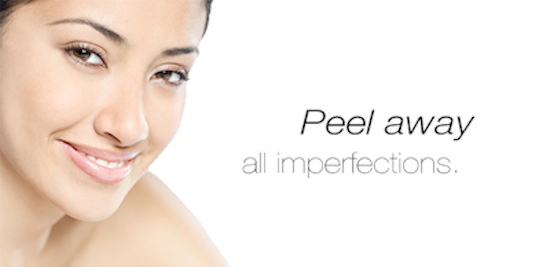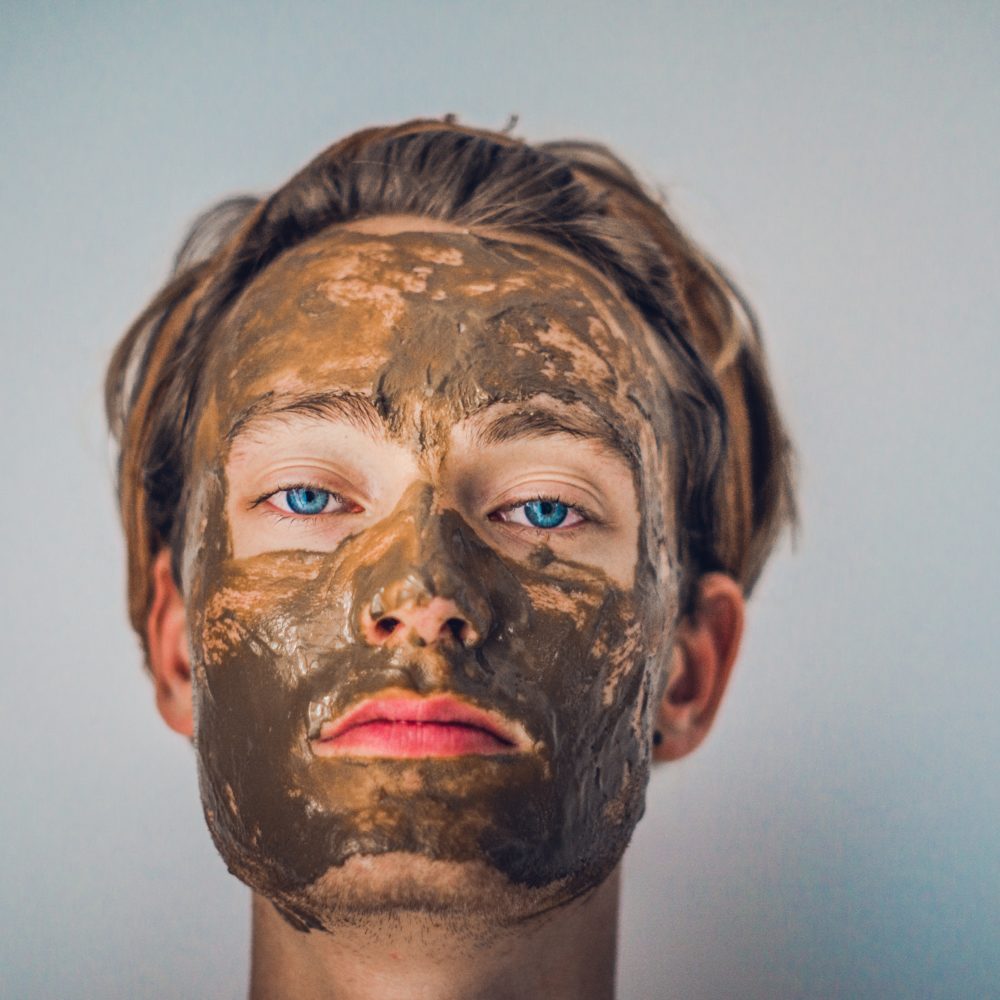I share a lot of information about skin care for the face but what about the rest of your body? Here are few tips just in time for winter!
Use warm water when you bathe or shower. Hot water will dry your skin which causes flaking and itchiness. Skin on the body doesn’t have as many oil glands as the face so it becomes dry more easily.
Use soap or body wash only on the important areas, using too much of these products will dry you skin. If you have chronically dry skin, try a body wash that contains colloidal oatmeal which soothes the skin.
Use an unscented body lotion or cream every day. I like CeraVe Moisturizing Cream when my skin is dry. I specify unscented because most commercial scents contain alcohol which is drying. If you like a scented cream, add a few drops of an organic essential oil. Use a moisturizer with SPF on any areas that will be exposed to the sun during the day like arms, hand and chest.
For rough heels, knees and elbows, I alternate between Glycolix Elite 15 Percent Body Lotion to exfoliate the skin and a rich cream (like RAW Cocoa Butter) to moisturize. Glycolic lotion is also helpful when treating rough, bumpy patches on the upper arms (usually a result of dry skin).
Make sure you are drinking enough water during the winter months. Moisturizers work to seal in moisture so you need to hydrate from the inside out for the best results. And remember, any non-caffeinated beverage, fruit juice or soup counts towards your daily water intake!







